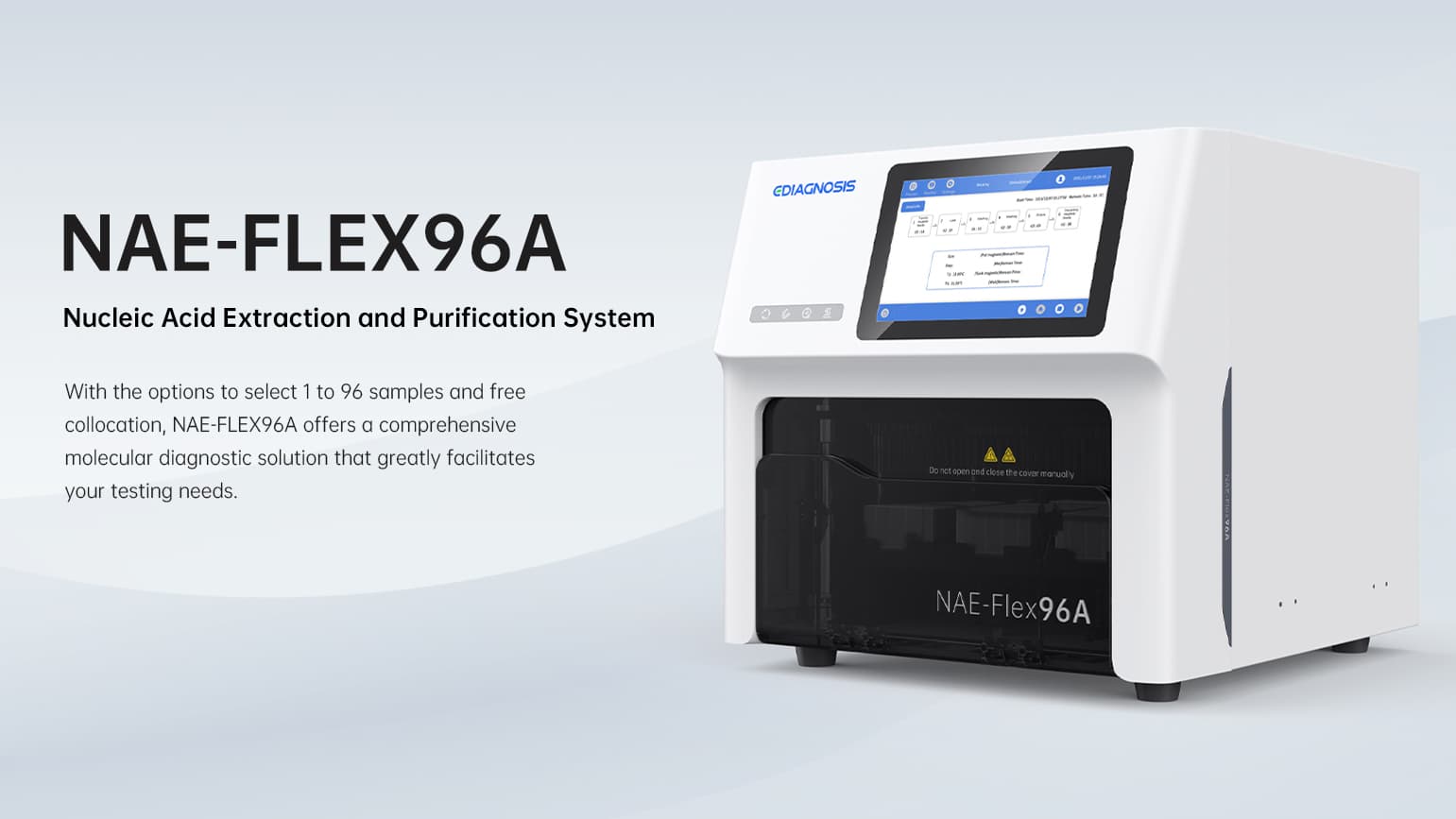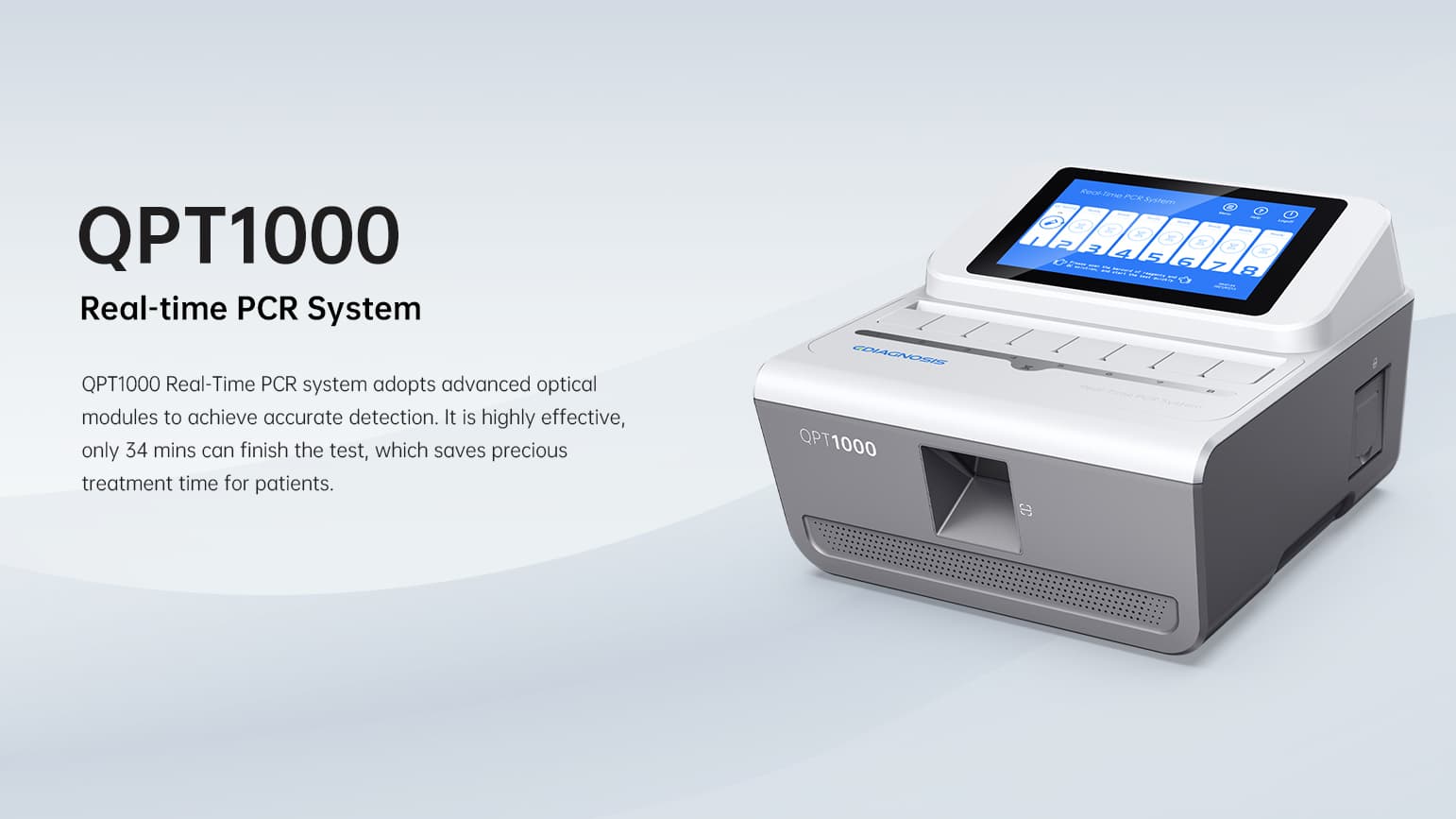DNA Day
Today, it is DNA day, which reminds us the discovery of the double helix structure of DNA by James Watson and Francis Crick.
What is DNA
DNA (deoxyribonucleic acid) is a biological macromolecule that can form genetic instructions to guide the development of organisms and the operation of life functions. The main function is information storage, which can be compared to "blueprint" or "recipe".
What will happen when virus invades
The main structure of a virus is the protein capsid and the genetic material (DNA or RNA) inside. Since the viruses cannot replicate themselves, they need to replicate their genetic materials by infecting host cells, and then release more progeny viruses to infect other host cells. Nucleic acid is a kind of code in the viruses, it may be DNA or RNA. When viruses invade body, their specific codes will “show”, which distinguish them from other organisms and could be detected by molecular technology.
What is Nucleic Acid Detection
Nucleic acid detection, a technique used to detect nucleic acid sequences on genetic material (RNA or DNA), is often used to detect and identify certain organisms, including viruses or bacteria. It usually includes 2 steps: extraction and amplification. Our nucleic acid solution includes NAE-FLEX96A Nucleic Acid Extraction and Purification System, and QPT1000 Real-Time PCR System, which are designed to offer the flexibility and versatility needed to achieve your research and diagnostic goals.
EXTRACTION
By collecting sample, nucleic acid testing obtains a large number of human cells and microorganisms, which are “crude”. For the accuracy of downstream PCR detection results, nucleic acid extraction needs to ensure the integrity of the primary structure of the nucleic acid and exclude contamination from other molecules. Hence, the quality of extraction is essential.
Extraction Solution from EasyDiagnosis
AMPLIFICATION
Polymerase chain reaction (PCR) is a nucleic acid synthesis technique that uses the principle of DNA double-stranded replication to replicate specific DNA fragments in vitro in organisms. Large quantities of DNA fragments can be amplified in a short period of time without having to rely on organisms. Real-time PCR is one of the premier methods of detecting a bacteria or virus on the molecular level. The whole process of grabbing the genetic material of the virus is just like fishing. The hook will recognize and grab the virus.
Amplification Solution from EasyDiagnosis
By using PCR technology, the detection personnel enlarge the unique code of the virus in the sample to the point that the equipment can detect, so as to determine whether the virus is positive or not. PCR has nearly endless applications, from detecting the presence or absence of various pathogens in body fluids, to identifying both spontaneous and inherited malignant changes in DNA, determining whether the intended modifications of crops took place, etc.



